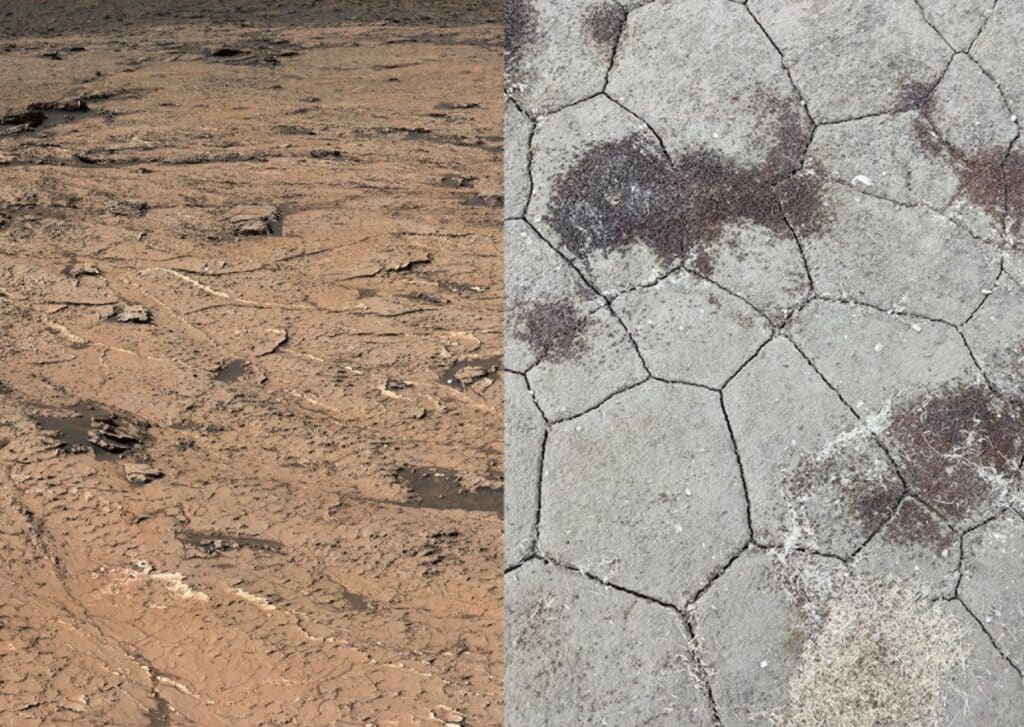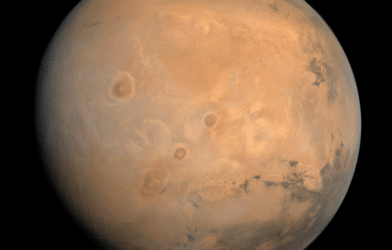Recent observations made by NASA’s Curiosity Rover have unveiled intriguing insights into Mars’ ancient climate, hinting at the possibility of seasonal weather patterns and even flash floods on the red planet.
The rover’s findings, published in the scientific journal Nature, shed light on Mars’ history of water and its potential to support life. “These exciting observations of mature mud cracks are allowing us to fill in some of the missing history of water on Mars,” says lead investigator, Nina Lanza, who heads the ChemCam instrument onboard Curiosity, in a statement.
She further noted that these mud cracks offer a window into a transitional phase when liquid water was less prevalent but still active on Mars’ surface.
The newly identified mud cracks offer more than just a glimpse into the past; they provide clues about Mars’ habitability. Lanza stated, “These features also point to the existence of wet-dry environments that on Earth are extremely conducive to the development of organic molecules and potentially life. Taken as a whole, these results are giving us a clearer picture of Mars as a habitable world.“
While evidence of ancient lakes on Mars is well-known, the study focuses on understanding shorter-term climate fluctuations. After years of traversing silicate-rich terrain, Curiosity entered a region marked by sulfates—a significant environmental transition. This shift in the rover’s surroundings revealed a change in mud crack patterns, suggesting alterations in the drying process on Mars’ surface.
The mud crack patterns, resembling a Y-shape, indicated the effects of wet-dry cycles—a familiar process on Earth. Patrick Gasda, a coauthor of the study, explained, “A major focus of the Curiosity mission… is to understand the transition of a ‘warm and wet’ ancient Mars to a ‘cold and dry’ Mars we see today.” The rover’s journey from clay lakebed sediments to sulfate-rich sediments signifies this shift.

Remarkably, the study hints at the potential for Mars to have had a wet climate akin to Earth’s, with episodes of seasonal flooding or rapid wet-dry cycles, like flash floods. Gasda highlighted the significance of this discovery, stating, “What’s important about this phenomenon is that it’s the perfect place for the formation of polymeric molecules required for life, including proteins and RNA, if the right organic molecules were present at this location.”
The study not only provides valuable insights into Mars’ past but also emphasizes the potential for Mars to have fostered conditions conducive to the formation of life. The research marks another step towards unraveling the enigmatic history of the red planet.
The study was funded by NASA’s Mars Exploration Program and CNES in France. The data was processed by the Mastcam team at Malin Space Science Systems, with funding from NASA grants and the Canadian Space Agency.












